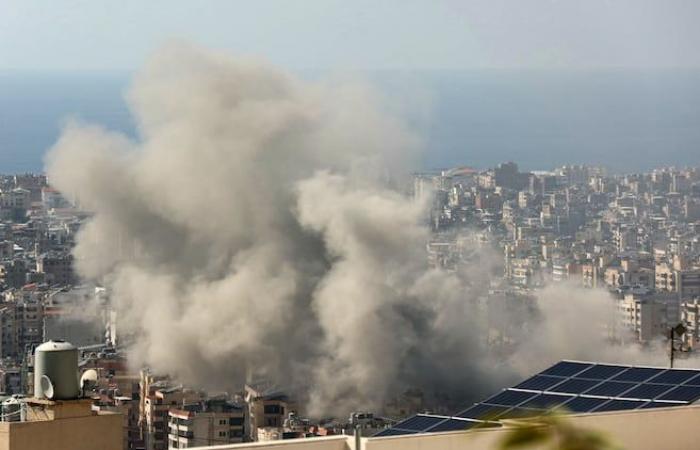Oil prices have been rising for several days (around US$75/barrel), plus 10% in less than a week. This is their biggest rise in months, having weakened recently due to weaker-than-expected demand in China.
They could continue their rise if Israel decides to bomb the oil sites of Iran, the seventh largest oil producing country in the world. Economically, such a maneuver would seriously damage the Iranian economy, which depends heavily on its fossil exports for its budgetary revenues.
Some analysts even speak of a barrel price crossing $200/barrel, with deleterious consequences for the global economy and inflation.
The oil market has long been bracing for the possibility of supply disruptions from the politically unstable Middle East.
Since the mullahs seized power in Iran in 1979, the Americans have deployed 35,000 troops to the Middle East to provide security for tankers carrying the region’s oil. Nearly a quarter of all shipping oil sails through the Strait of Hormuz located in the Persian Gulf, as does a large amount of liquefied natural gas.
The presence of these troops makes any attempt to blockade the strait that Iran might consider almost impossible.
A diversity of producers to replace Iranian oil
But, even in the event of a halt to supply to oil sites in Iran, particularly due to Israeli bombing, the current market would be able to make up for the shortfall.
Iran exports around 1.7 million barrels per day, out of the 100 million required for the functioning of the global economy. Its main customer is China.
Barrels from other producing countries could quickly be put on the market.
For decades, Saudi Arabia has produced more than necessary, precisely to prepare for possible supply disruptions. This room for maneuver is estimated at between one and two million barrels per day.
The Organization of the Petroleum Exporting Countries (OPEC) is also able to intervene. For some time now, members of the organization have voluntarily reduced their supply in order to keep prices in the region of US$80 to US$90 per barrel.
There are also countries outside the OPEC fold which can increase their volume. American production has been steadily increasing in recent years, and currently reaches 13 million barrels per day. Canada is also a country with a growing contribution, and can now export its oil outside the American fold thanks to the commissioning of the Transmontain pipeline.
Reserves among rich countries
Finally, OECD member countries have a policy of always having three months of their annual imports in reserve. This coordination effort is carried out by the International Energy Agency. The United States, for example, has hundreds of millions of barrels of oil in caverns located in the south of the country.
In 2022, Washington put two hundred million of these barrels on the market to mitigate rising energy prices following the Russian invasion of Ukraine. This was the largest use of these stocks since their establishment in 1975.
Canada does not have such stocks, not feeling the need, as it has surpluses, which it exports in particular to American refineries.
Certainly, the oil market should show a lot of nervousness and volatility in the coming days and weeks, depending on the evolution of the conflict in the Middle East. But if we exclude a very serious slippage in the current conflict, the oil market should be able to quickly compensate for a sudden loss of supply from Iran.
Fuel prices, so dear to consumers, should therefore be protected from unexpected surges, like those we experienced in 2022 and which hurt our wallets so much.
Yvan Cliche, fellow at the Center for International Studies and Research at the University of Montreal (Cérium) and energy specialist






